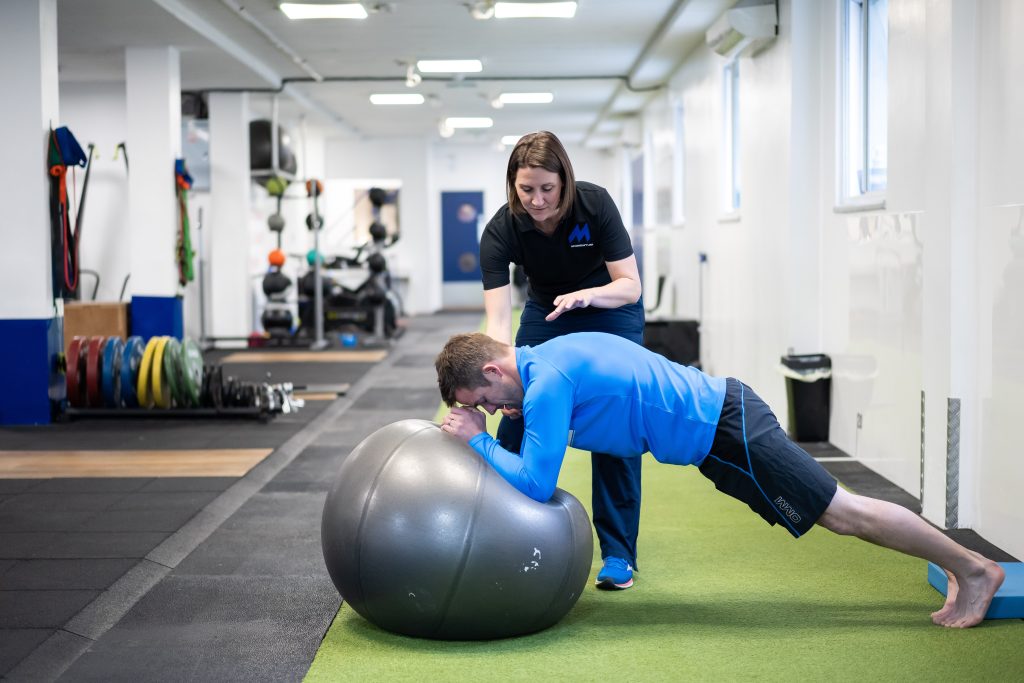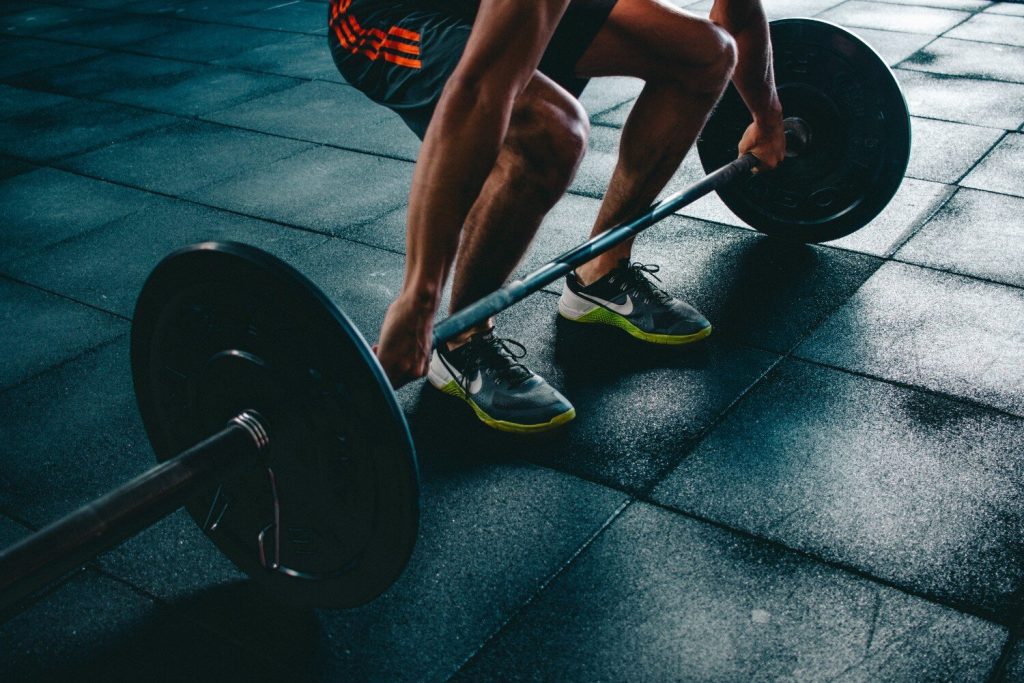- How I discovered Performance Pilates
My first experience of Performance Pilates was as an injured athlete. I had heard of it before but (as many do) dismissed it as being something that only “old ladies and people who do not do ‘proper sport’ do in a breezy church hall”.
Funnily enough, I was wrong on many levels…although the breezy church hall was not far off.
I found it TOUGH which surprised me! I was at the peak of my fitness playing regular club and representative rugby and could not believe how difficult I found the simplest of exercises.
Pilates made me think about how I was moving and what muscles I was using, something which had never really occurred to me before, if it was not high-level activity it generally got dismissed. (I do wonder if I would have suffered less with injuries if I had taken it up sooner?!)
It is safe to say that it was a steep learning curve and made me very aware of the number of areas I could improve on. Fast forward 8 years and It has fundamentally changed the way I train, move and approach working with athletes.
- What is Pilates?
This is a question I get asked at least once a week in the clinic. There are many misconceptions and perceived ideas of what this mystical form of exercise is (debunking those myths is for another day!). Lot of people have heard of Pilates and that is can be beneficial but that’s where it ends.
In a nutshell it is a form of low impact exercise that helps to improve balance, coordination, mobility, and strength. Sound ideal for everyone?
Well, it is!
I tend to split Pilates into two categories:
Traditional Pilates
Developed by Joseph Pilates, the exercises emphasize a balanced development of the body through core strength, flexibility, and awareness to support efficient and graceful movement.
The focus of primary focus is correct movement, quality not quantity, core stabilisation and postural correction. One of the main benefits of Pilates, from a Therapist’s perspective, is that the technique can be successful in correcting muscle imbalances. These imbalances are caused by us overusing certain muscles whilst others are neglected and become underused.
Performance Pilates
Performance Pilates is based on the same principles but specifically designed to address areas of weakness that we commonly see as therapists in the clinic in our athletes. It is a great tool for injury prevention and enables athletes to work on key areas they might usually neglect in regular training sessions.
Our Performance Pilates classes are aimed at runners, cyclists and swimmers to maximise your performance potential, optimise recovery from injury, reduce injury risk and help you with achieving your performance goals.
Key areas we focus on are:
- Strength
- Balance
- Control and body awareness
- Mobility
- Should I do Pilates?
YES! I am of course a little biased, but I genuinely believe that most people would benefit from doing even a small number of Pilates based exercises.
I work with a huge variety of clients in both one to one and class settings helping people to improve their movement. Some of these include people recovering from surgery or injury, people suffering from conditions such as osteoarthritis and long-term mobility issues and on the other end of the spectrum elite level runners & endurance athletes looking to improve performance and avoid the risk of injury.
We offer Pilates on a one-to-one basis or as part of a class at Momentum . To find out more click HERE.
By Kate Disley, Soft Tissue Therapist and Pilates Instructor



